Home>Gardening & Outdoor>Landscaping Ideas>What Does Grass Allergy Look Like
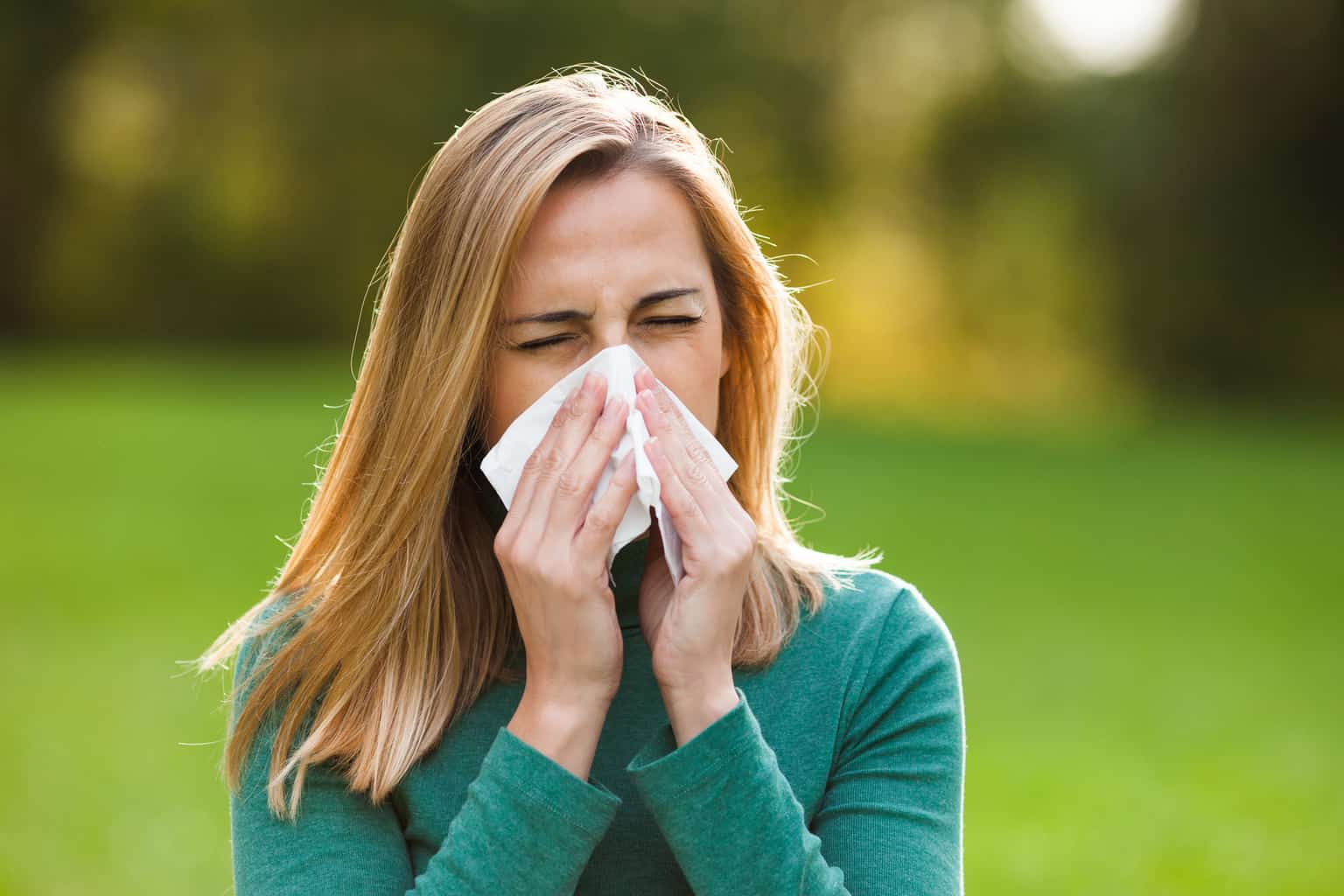

Landscaping Ideas
What Does Grass Allergy Look Like
Modified: March 26, 2024
Discover the symptoms of grass allergy and get landscaping ideas to minimize exposure. Learn what grass allergy looks like and how to manage it effectively.
(Many of the links in this article redirect to a specific reviewed product. Your purchase of these products through affiliate links helps to generate commission for Storables.com, at no extra cost. Learn more)
Symptoms of Grass Allergy
Grass allergy, also known as hay fever or allergic rhinitis, can trigger a range of uncomfortable symptoms in individuals who are sensitive to grass pollen. These symptoms typically manifest during the grass pollen season, which can vary depending on the specific type of grass in a particular region. Here are the common symptoms associated with grass allergy:
-
Sneezing: Individuals with grass allergy often experience frequent and uncontrollable bouts of sneezing, which can be disruptive to daily activities and sleep.
-
Runny or Stuffy Nose: A runny or congested nasal passage is a hallmark symptom of grass allergy. This can lead to discomfort, difficulty breathing, and impaired sense of smell.
-
Itchy, Watery Eyes: Allergic reactions to grass pollen can cause the eyes to become itchy, watery, and red. This can significantly impact vision and overall comfort.
-
Coughing: Grass allergy may trigger persistent coughing, which can be particularly bothersome, especially when it interferes with conversations or disrupts sleep.
-
Itchy Throat or Mouth: Some individuals may experience itching in the throat or mouth, which can be irritating and uncomfortable.
-
Wheezing and Shortness of Breath: In more severe cases, grass allergy can lead to wheezing and shortness of breath, particularly in individuals with asthma or pre-existing respiratory conditions.
-
Fatigue and Irritability: The persistent discomfort and disrupted sleep caused by grass allergy symptoms can lead to fatigue and irritability, impacting overall well-being and productivity.
It's important to note that the severity of these symptoms can vary from person to person, and some individuals may experience additional symptoms not listed here. If you suspect that you or someone you know may have a grass allergy, it's essential to consult a healthcare professional for an accurate diagnosis and personalized management plan.
Key Takeaways:
- Grass allergy symptoms include sneezing, itchy eyes, and fatigue. Understanding triggers and seeking professional diagnosis are crucial for effective management and personalized treatment.
- To manage grass allergy, individuals can use antihistamines, avoid peak pollen times, and create an allergy-friendly living environment. Seeking personalized advice from healthcare professionals is essential for effective prevention.
Read more: What Does Crabgrass Look Like
Common Triggers of Grass Allergy
Grass allergy, a prevalent form of allergic rhinitis, is primarily triggered by the pollen released by various grass species. The microscopic pollen grains, which are lightweight and easily dispersed by the wind, can elicit allergic reactions in susceptible individuals. Understanding the common triggers of grass allergy is crucial for effectively managing and minimizing exposure to these allergens.
Grass Pollen
The primary culprit behind grass allergy is the pollen produced by grass plants. Grasses are prolific pollen producers, and their pollen grains are small and buoyant, allowing them to travel through the air over considerable distances. When individuals with grass allergy inhale these pollen particles, their immune systems may perceive them as harmful invaders, triggering an allergic response.
Pollen Season
The timing and duration of the grass pollen season can vary depending on the specific types of grass prevalent in a particular region. In general, the grass pollen season typically peaks during the spring and summer months, although the exact timing can differ based on geographic location and local climate conditions. During this period, individuals with grass allergy are more likely to experience heightened allergic symptoms due to increased pollen levels in the air.
Cross-Reactivity
Cross-reactivity between grass pollen and certain fruits, vegetables, and other plants is another common trigger for individuals with grass allergy. This phenomenon, known as oral allergy syndrome, occurs when the proteins in certain foods structurally resemble the proteins found in grass pollen. As a result, consuming these foods can lead to allergic reactions, particularly in individuals with existing grass pollen allergies.
Read more: What Does Alfalfa Grass Look Like
Environmental Factors
Environmental factors, such as wind patterns and humidity levels, can significantly influence the dispersion and concentration of grass pollen in the air. Windy conditions can facilitate the spread of pollen over long distances, increasing the likelihood of exposure for individuals with grass allergy. Additionally, dry and windy weather can exacerbate symptoms by carrying pollen farther and keeping it airborne for extended periods.
Geographic Variations
The prevalence of specific grass species varies across different regions, leading to geographic variations in the types of grass pollen present. Consequently, individuals may experience varying degrees of allergic symptoms based on the predominant grass species in their local environment. Understanding the specific grasses that trigger allergic reactions in a particular area is essential for implementing targeted avoidance strategies.
By recognizing these common triggers of grass allergy, individuals can take proactive measures to minimize their exposure to grass pollen and mitigate the impact of allergic symptoms. This may involve staying indoors during peak pollen times, using air purifiers, and implementing proper allergen avoidance techniques to create a more allergy-friendly living environment.
Diagnosis of Grass Allergy
Diagnosing grass allergy involves a comprehensive assessment that aims to identify specific allergens responsible for triggering allergic reactions in individuals. Healthcare professionals utilize various diagnostic approaches to accurately determine whether an individual is allergic to grass pollen or other related allergens. The diagnostic process typically involves the following key components:
Medical History
Healthcare providers begin the diagnostic process by conducting a thorough medical history review with the individual. This involves gathering detailed information about the individual's symptoms, including the timing and duration of allergic reactions, potential triggers, and any existing medical conditions or allergies. Understanding the individual's personal and family medical history is crucial for identifying patterns and risk factors associated with grass allergy.
Read more: What Does Johnson Grass Look Like
Physical Examination
A comprehensive physical examination is performed to assess the individual's overall health and to identify any physical manifestations of allergic reactions. Healthcare professionals may pay particular attention to the individual's respiratory and nasal passages, as well as the skin, to detect any signs of allergic rhinitis, asthma, or atopic dermatitis that may be indicative of grass allergy.
Allergy Testing
Allergy testing plays a pivotal role in confirming the presence of grass allergy. Skin prick tests, considered one of the most common and reliable methods, involve applying small amounts of grass pollen extract to the skin and then pricking or scratching the skin's surface. If the individual is allergic to grass pollen, a localized allergic reaction, such as redness, swelling, or itching, will occur at the test site. Blood tests, such as specific IgE testing, can also be utilized to measure the levels of grass pollen-specific antibodies in the bloodstream, providing valuable diagnostic insights.
Symptom Assessment
Assessing the individual's allergic symptoms and their correlation with potential grass pollen exposure is essential for establishing a definitive diagnosis. Healthcare providers may utilize symptom diaries or questionnaires to gather detailed information about the nature, frequency, and severity of allergic symptoms experienced by the individual. This information helps in identifying specific patterns and triggers associated with grass allergy.
Differential Diagnosis
In some cases, healthcare professionals may need to differentiate grass allergy from other respiratory conditions or allergic disorders with similar symptoms. This process, known as a differential diagnosis, involves carefully evaluating the individual's clinical presentation and ruling out other potential causes of allergic symptoms, such as dust mites, pet dander, or mold.
By integrating these diagnostic components, healthcare professionals can effectively identify and confirm the presence of grass allergy in individuals, enabling the development of personalized management strategies and allergen avoidance plans. It is important for individuals experiencing allergic symptoms to seek professional medical evaluation and guidance for accurate diagnosis and tailored treatment.
Read more: What Does Grass Hay Look Like
Treatment Options for Grass Allergy
Effective management of grass allergy involves a multifaceted approach aimed at alleviating symptoms, reducing allergen exposure, and enhancing overall quality of life for individuals affected by this condition. Several treatment options and strategies are available to address the diverse manifestations of grass allergy, catering to the unique needs and preferences of each individual. From pharmacological interventions to allergen avoidance measures, the following comprehensive overview outlines the various treatment options for grass allergy.
Pharmacological Treatments
Antihistamines
Antihistamines, available in oral, nasal spray, and eye drop formulations, are commonly prescribed to alleviate the hallmark symptoms of grass allergy, including sneezing, itching, and nasal congestion. These medications work by blocking the action of histamine, a key mediator of allergic reactions, thereby providing relief from allergic symptoms.
Nasal Corticosteroids
Nasal corticosteroid sprays are effective in reducing nasal inflammation and congestion associated with grass allergy. By targeting the underlying inflammatory processes, these medications help alleviate nasal symptoms, such as runny nose, nasal itching, and congestion, providing long-term relief when used consistently.
Decongestants
For individuals experiencing nasal congestion as a prominent symptom of grass allergy, decongestants can offer temporary relief by narrowing blood vessels in the nasal passages, thereby reducing swelling and congestion. These medications are available in oral and nasal spray forms, providing rapid but short-term relief from nasal congestion.
Allergy Immunotherapy
Allergy immunotherapy, commonly known as allergy shots, may be recommended for individuals with severe or persistent grass allergy symptoms. This treatment involves administering gradually increasing doses of grass pollen extract to desensitize the immune system, reducing the body's allergic response over time. Allergy immunotherapy can lead to long-term symptom improvement and may modify the underlying allergic disease.
Non-Pharmacological Interventions
Allergen Avoidance
Implementing allergen avoidance strategies is crucial for minimizing exposure to grass pollen and reducing the frequency and severity of allergic symptoms. This may involve staying indoors during peak pollen times, using air purifiers with HEPA filters, keeping windows closed, and employing proper lawn care practices to limit grass pollen dispersion.
Nasal Irrigation
Nasal irrigation with saline solutions can help alleviate nasal congestion and remove allergens from the nasal passages, providing symptomatic relief for individuals with grass allergy. This simple and non-invasive technique can be performed using a neti pot or nasal irrigation bottle, effectively reducing nasal symptoms.
Environmental Controls
Creating an allergy-friendly living environment by implementing environmental controls, such as using allergen-proof bedding covers, regularly vacuuming carpets, and minimizing indoor humidity levels, can significantly reduce exposure to indoor allergens and complement pharmacological treatments.
By integrating these diverse treatment options and personalized approaches, individuals with grass allergy can effectively manage their symptoms, minimize allergen exposure, and improve their overall quality of life. It is essential for healthcare providers to collaborate with individuals to develop tailored treatment plans that address their specific needs and preferences, ultimately enhancing their ability to effectively cope with grass allergy.
Prevention Tips for Grass Allergy
Preventing and minimizing exposure to grass pollen is essential for individuals with grass allergy to effectively manage their symptoms and reduce the impact of allergic reactions. By implementing targeted prevention strategies, individuals can create a more allergy-friendly environment and proactively reduce their susceptibility to grass pollen triggers. Here are several practical prevention tips for grass allergy:
Read more: What Does Onion Grass Look Like
1. Stay Informed About Pollen Counts
Stay updated on local pollen forecasts and monitor the grass pollen levels in your area. Many weather websites and allergy organizations provide daily pollen count information, allowing you to plan outdoor activities during periods of lower pollen concentration.
2. Limit Outdoor Exposure During Peak Pollen Times
When grass pollen levels are high, particularly during the early morning and late afternoon, consider limiting outdoor activities to minimize direct exposure. Opt for indoor activities or plan outdoor excursions during times when pollen levels are lower, such as after rainfall.
3. Use Protective Gear Outdoors
When engaging in outdoor activities, especially lawn mowing or gardening, consider wearing a pollen mask or respirator to reduce inhalation of grass pollen. Additionally, wearing sunglasses can help protect your eyes from airborne pollen particles.
4. Keep Indoor Spaces Allergy-Friendly
Create an allergen-minimized indoor environment by keeping windows closed during high pollen periods, using air purifiers with HEPA filters, and regularly cleaning and dusting surfaces to remove accumulated pollen particles.
Read more: What Does Overwatered Grass Look Like
5. Practice Proper Lawn Care
If you have a lawn or garden, consider enlisting the help of non-allergic family members or professional landscapers for mowing and yard maintenance. Keeping grass trimmed and well-maintained can help minimize the release of pollen into the air.
6. Shower and Change Clothes After Outdoor Activities
After spending time outdoors, particularly during high pollen periods, promptly shower and change into fresh clothes to remove any pollen that may have adhered to your skin and clothing. This can prevent the spread of pollen indoors.
7. Consider Allergen-Proof Bedding
Invest in allergen-proof bedding covers to create a barrier against pollen and other allergens in your sleeping environment. Regularly washing bedding in hot water can also help eliminate pollen particles.
8. Consult an Allergist for Personalized Advice
Seek guidance from an allergist or immunologist for personalized recommendations and management strategies tailored to your specific grass allergy triggers and symptoms. Professional advice can help optimize your allergy prevention efforts.
By incorporating these prevention tips into your daily routine and living environment, you can effectively reduce your exposure to grass pollen and mitigate the impact of grass allergy. Taking proactive measures to minimize allergen exposure is key to managing allergic symptoms and enhancing overall well-being.
Frequently Asked Questions about What Does Grass Allergy Look Like
Was this page helpful?
At Storables.com, we guarantee accurate and reliable information. Our content, validated by Expert Board Contributors, is crafted following stringent Editorial Policies. We're committed to providing you with well-researched, expert-backed insights for all your informational needs.
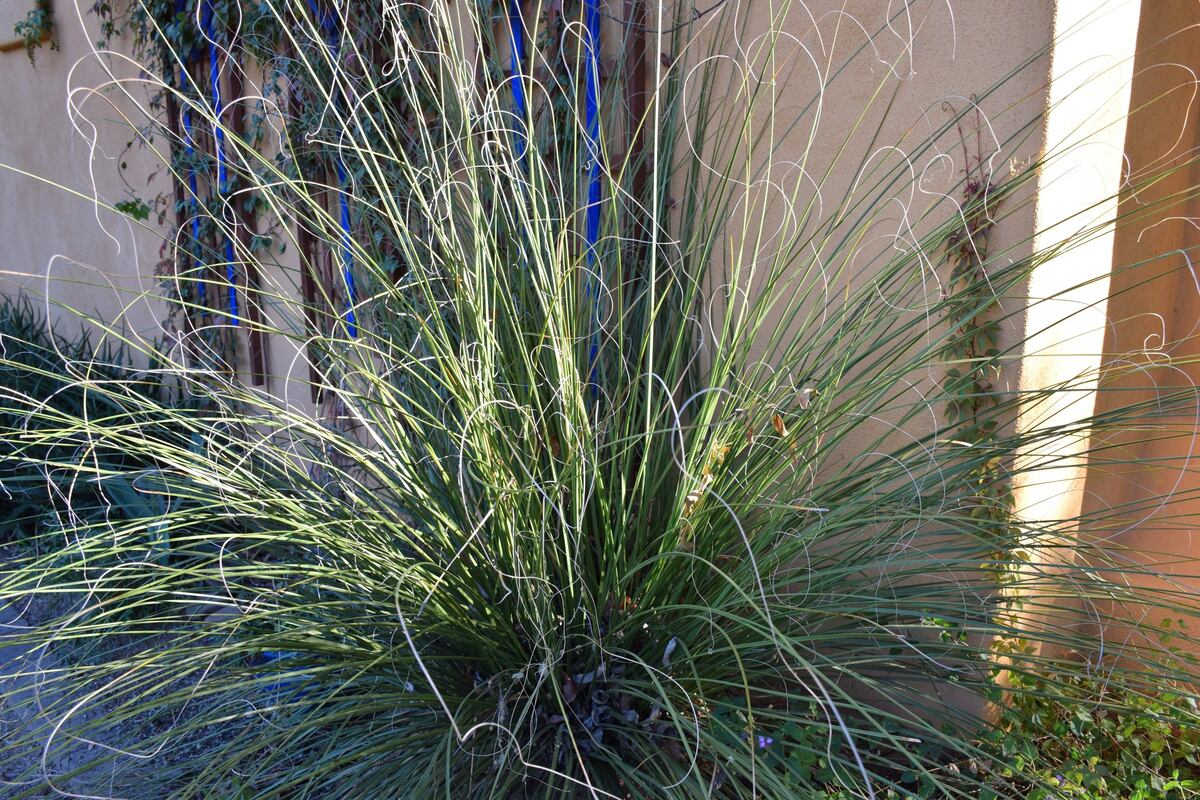
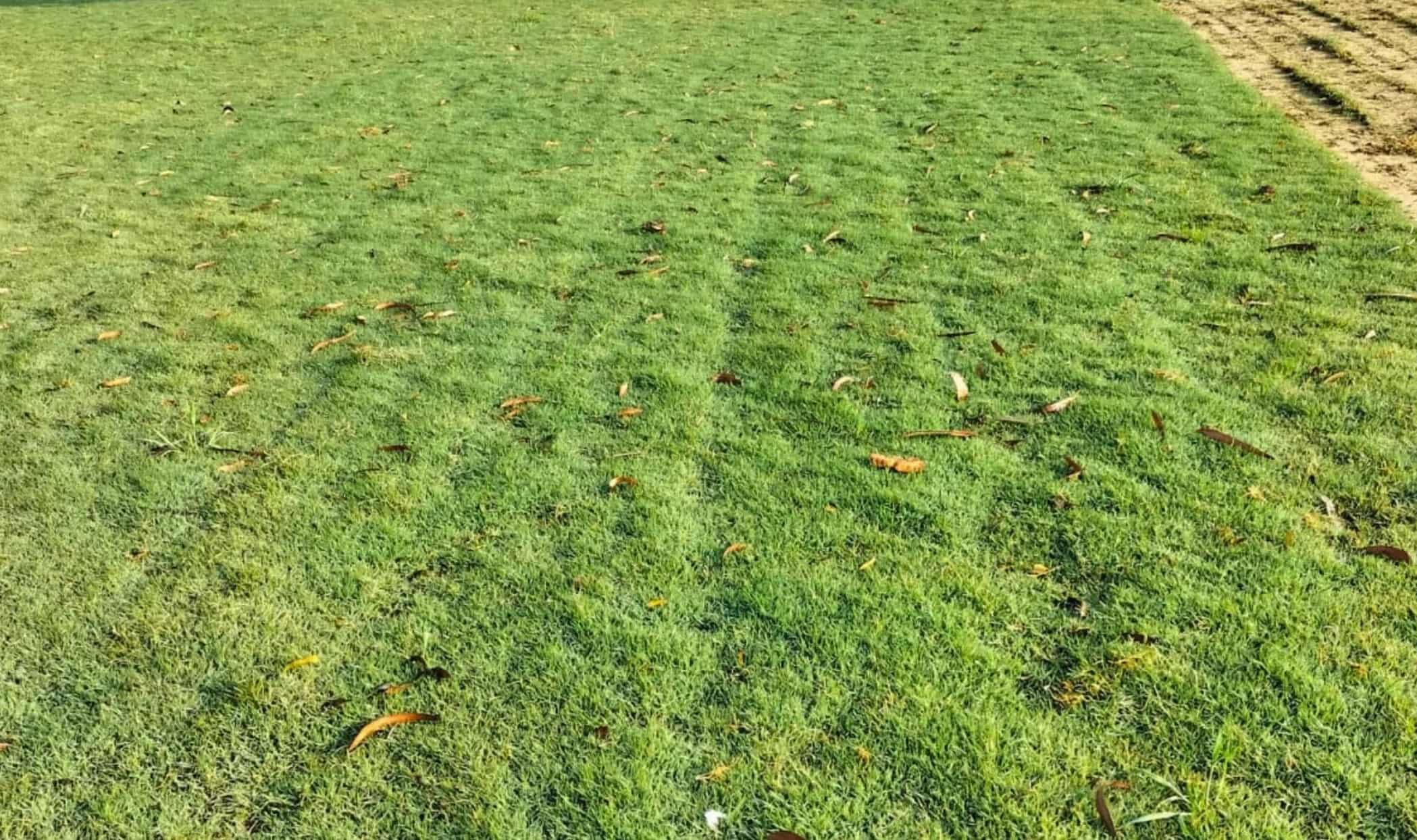
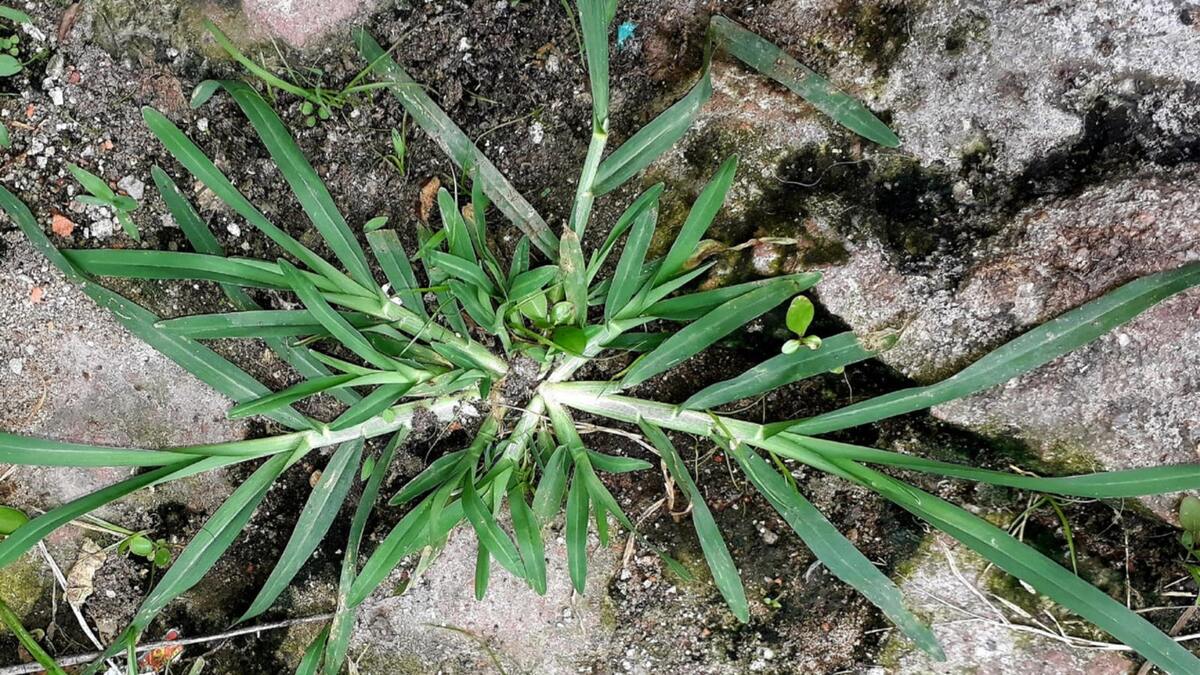
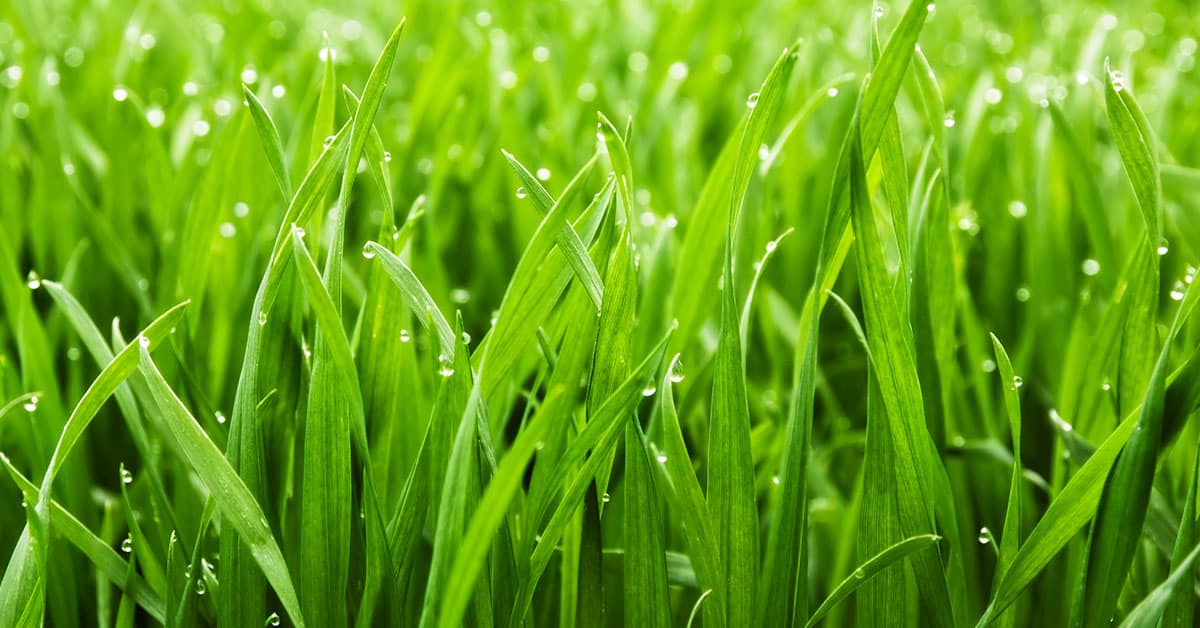
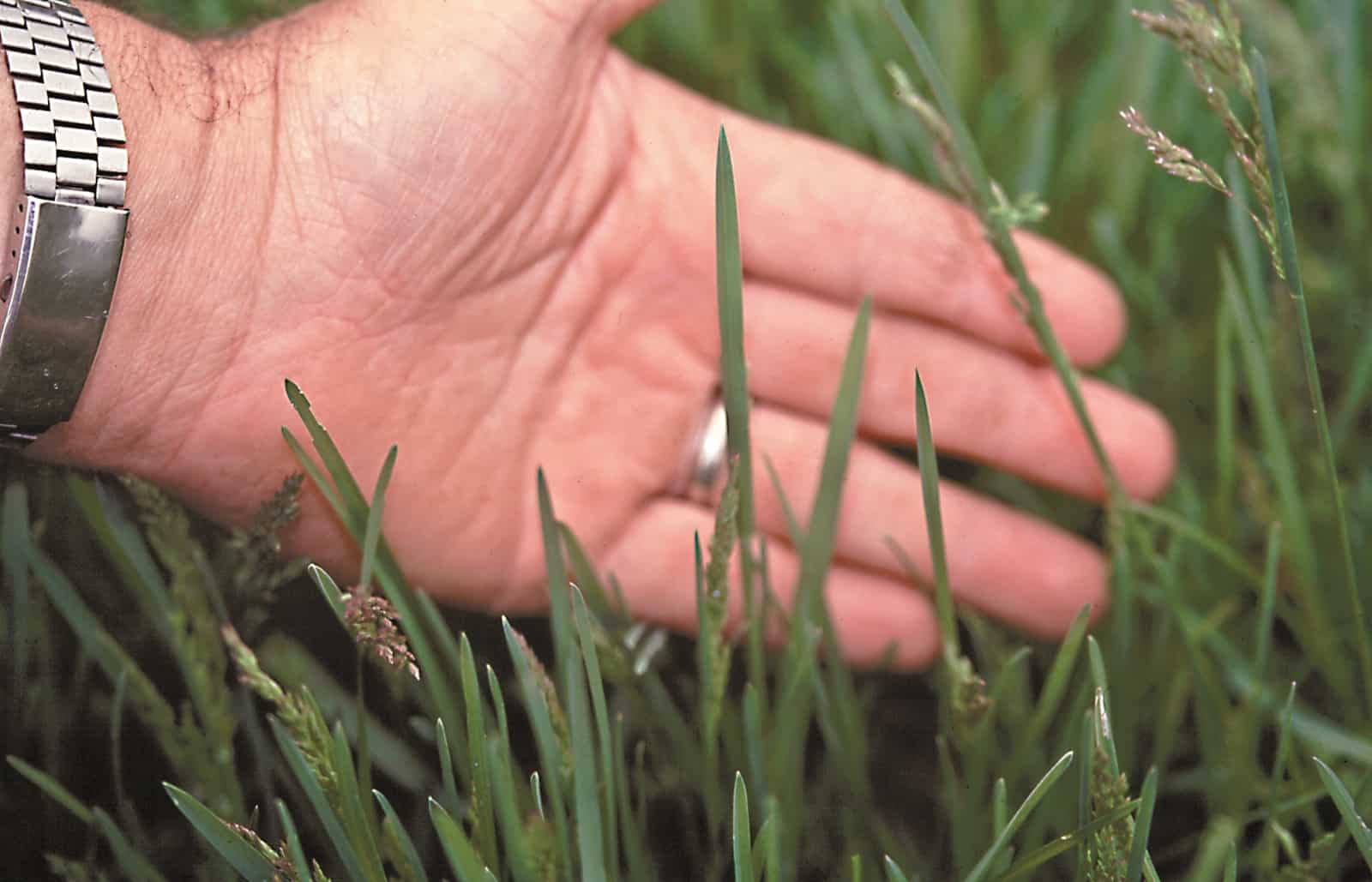

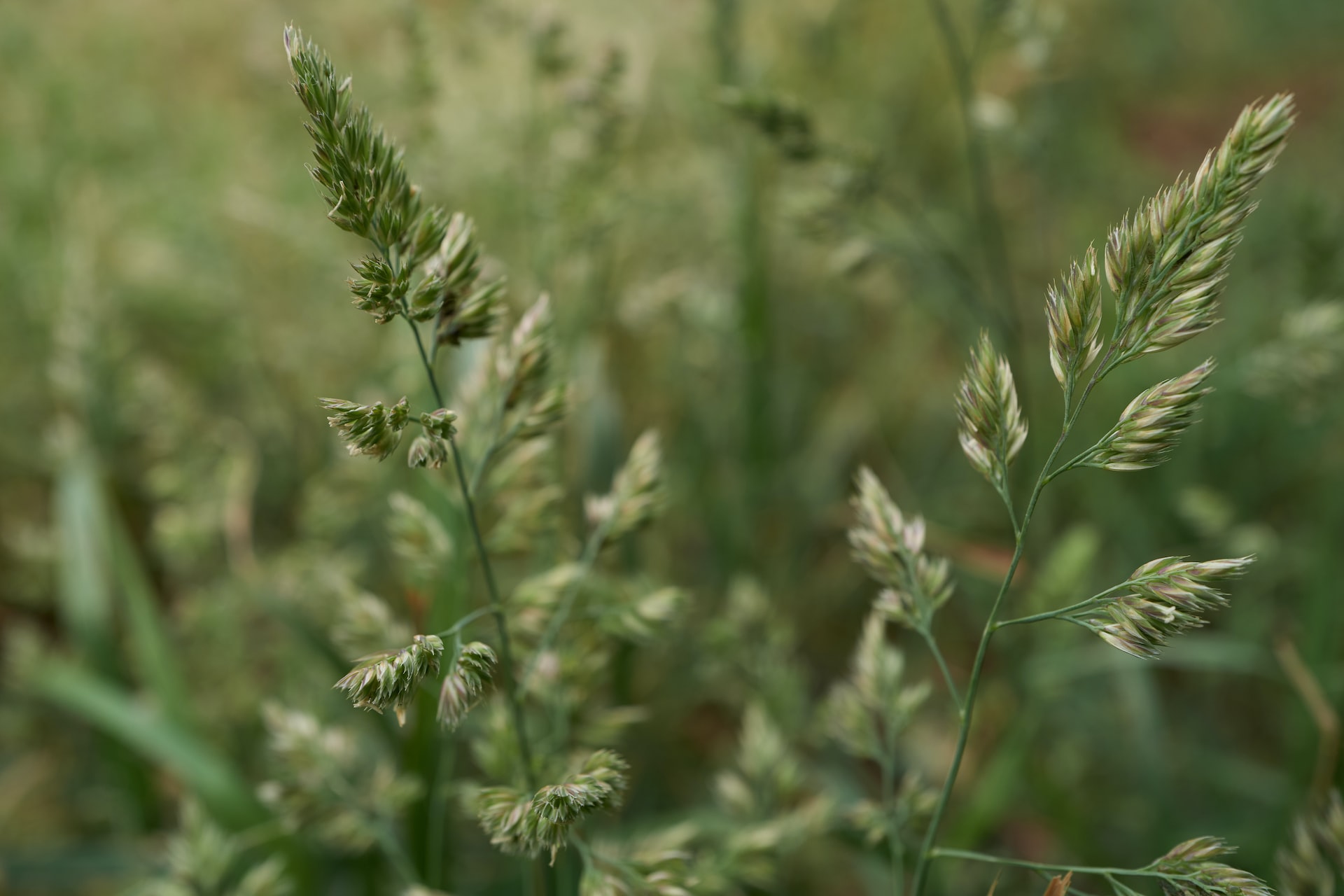
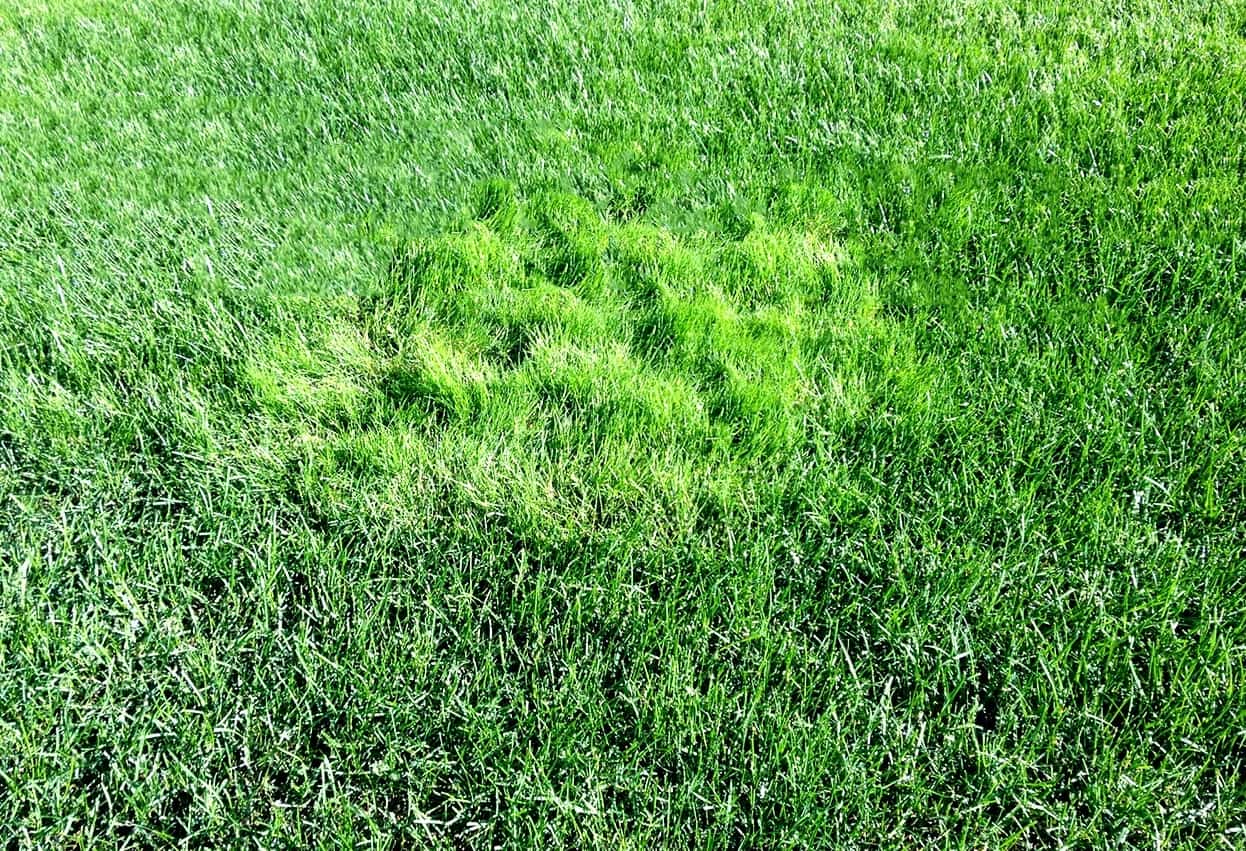

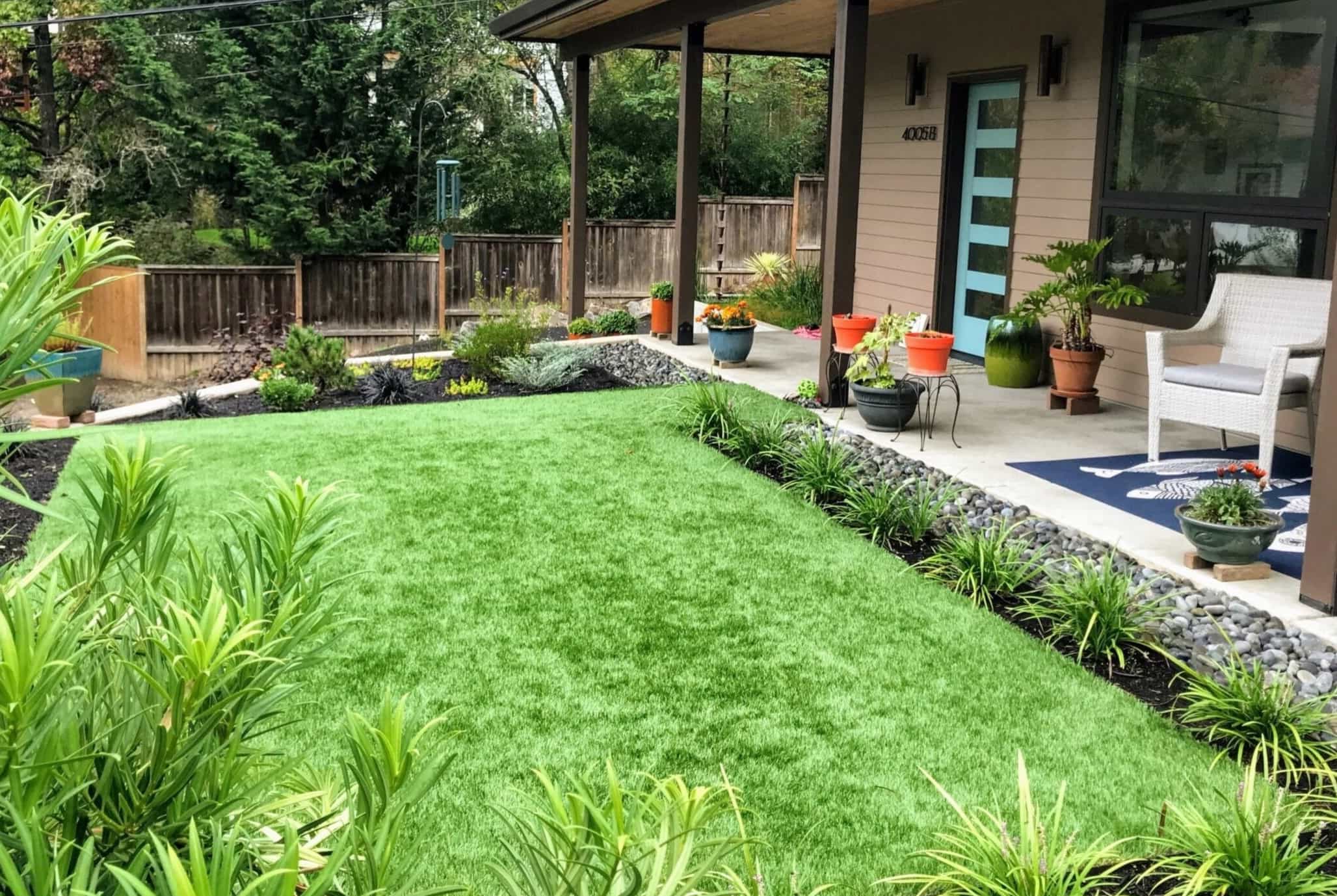

0 thoughts on “What Does Grass Allergy Look Like”